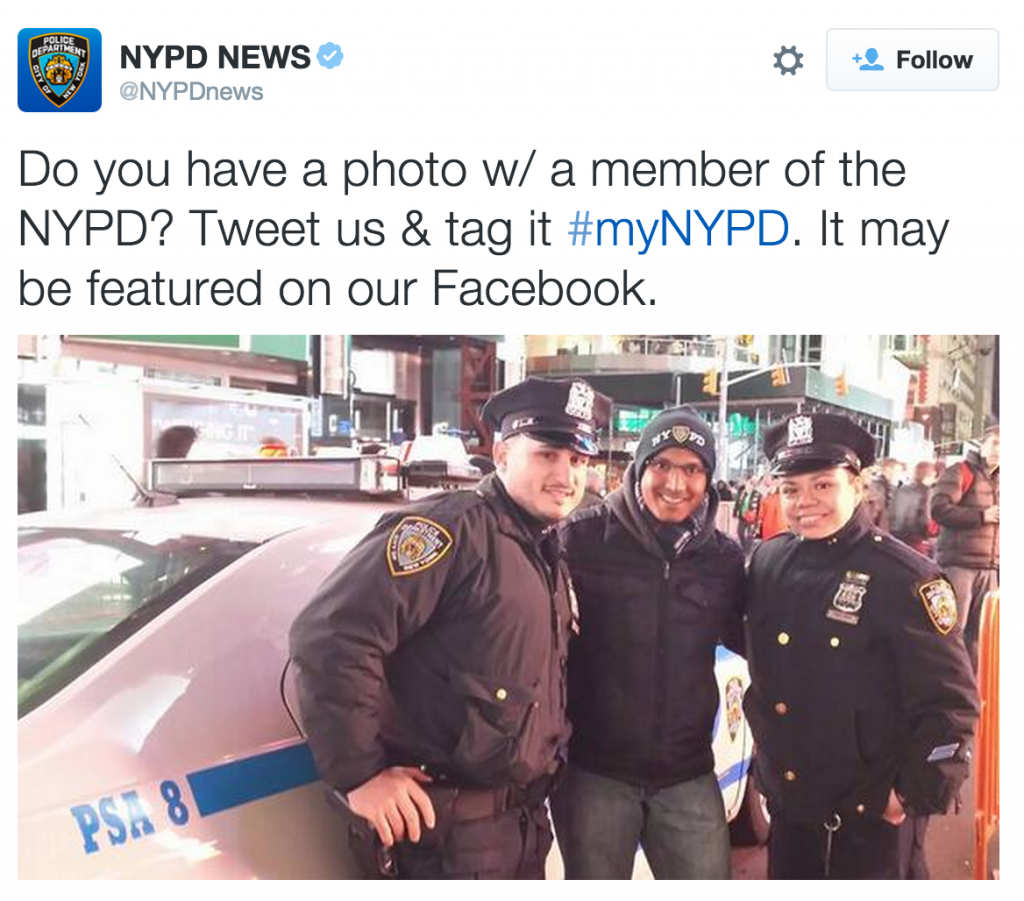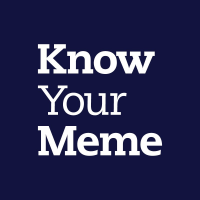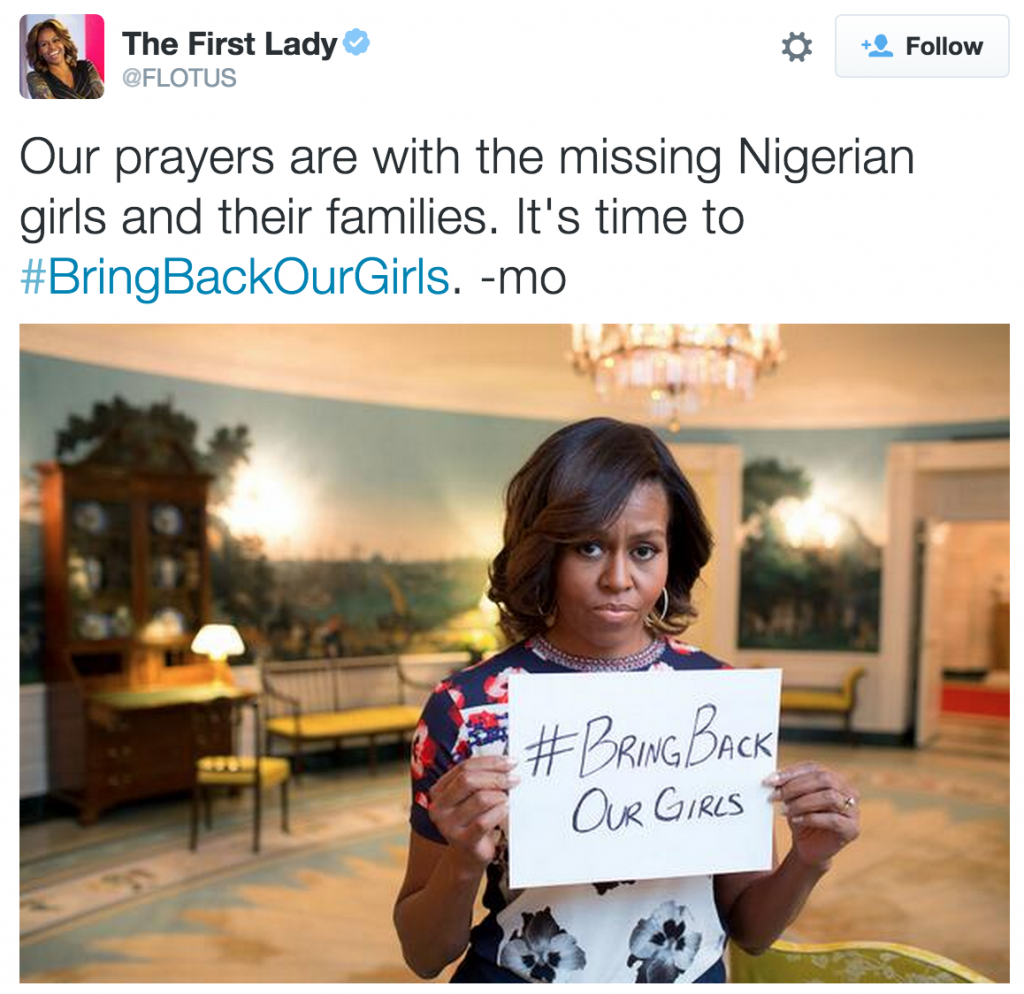Virality has by definition some elements of memetics. However, memetics is not necessarily viral. We, researchers, often think about memetics as an evolutionary participatory process of sharing common cultural and social characteristics of groups of digital items (see Limor Shifman’s book and discussion on scholarship of memetics), where there is enough variation from the original information item. For example, the memetic Facebook campaign of Iranian women picturing themselves without hijabs in public places in Iran (see below) or the Ice Bucket Challenge which involves dumping a bucket of ice water on someone’s head to promote awareness to the ALS disease. Both of these memes became viral.
The human and social aspects of information sharing from one to another, is one of four elements which turns any information flow to a viral one. I like Ryan Milner’s advocacy for using memetics instead of memes as it “emphasizes the social processes applied to these texts.” So the simplest social sharing process which is at the core of virality embeds memetics practices, which alter the original meaning of the information artifact. When we share a post or a video we reframe the original information item. In contrast to memes which reappropriate an information artifact, with a simple share the variations may be small, but still memetics is involved.
However, not every memetic activity is viral. “Virality is a social information flow process where many people simultaneously forward a specific information item, over a short period of time, within their social networks, and where the message spreads beyond their own [social] networks to different, often distant networks, resulting in a sharp acceleration in the number of people who are exposed to the message.” (Nahon & Hemsley, 2013). Having a social information flow (like all memetics have by definition) is not enough. In order to turn a meme into a viral meme we need three additional elements 1) the speed of spread; 2) the reach in terms of the number of people exposed to the content; and 3) the reach in terms of the distance the information travels by bridging multiple networks.
So I would like to focus on a very particular information flow process, the political viral memetic process, aimed at changing traditional power structures or impacting existing power dynamics in society (see the discussion in Going Viral about viral events as reproducing and transforming social structure). Two examples of such political viral memes: The photo of Lt. John Pike casually pepper-spraying student protesters at UC Davis during an occupy movement demonstration aiming towards sharing grievances and increasing awareness towards misconduct of the police, and the #BringBackOurGirls meme aiming to bring to the release of the kidnapped schoolgirls by Boko Haram in Nigeria became viral on Twitter and other social media platforms after Michelle Obama photo holding a #BringBackOurGirls sign.
The main mechanism of challenging institutions of power is the viral transparency, the spread and disclosure of information, specifically memes, over a short period of time, beyond the regular social networks of individuals to distant and a large number of people. But looking at how political viral memes reproduce or transform social structure is only part of a bigger picture of power interplays among different types of actors (mainly) on social media, as they attempt to promote their interests and values. Every decision about how technology is designed, how information is produced, shared, distributed or accessed, involves various stakeholders jostling for different normative positions. These power interplays have significant consequences shifting the gravity of meaning-making power.
True enough, technology and specifically social media have empowered users (especially non-professionals) with readymade tools that enable them to share and distribute information, create viral events, enrich content through metadata, locate people with similar interests, develop applications, collaborate to produce knowledge, and build on others’ work and donations to create new things much more easily than before. This empowerment was accompanied by the illusion of social media being neutral, egalitarian, objective and democratic. In fact, however, the basic elements of social media—their architecture (platforms and networks structure) and dynamics (networks structure, information flows and curated flows)—are political, non-neutral and non-democratic in design, practices, and policies. These elements are inherently biased by the values of particular stakeholders, which in and through social media regulate the others’ behavior in line with those values. Power is exercised in each dimension in three key modes: influencing decisions, setting the agenda, and shaping stakeholder preferences and norms. Into this complex world, our discussion of political viral memes enters, as political viral memes are part of these dynamics of power—they are subject to gatekeeping and control, sometimes countering the existing hegemony, and sometimes reinforcing the values of those in power.
I would like to give three examples of political viral memes and their role in challenging or reinforcing existing power dynamics:
- The viral memetic campaign around censorship of nude photos. Facebook has a policy of removing such photos. However, users have complained that this policy also censors breastfeeding, nudes in art, naked mannequins, and kisses of same-sex individuals. In January 2015, a group of mothers protested online by uploading breastfeeding images (an evolution of the previous campaign #FreeTheNipple). Consequently, in March 2015 Facebook announced it would no longer remove such images, as they did not violate its rules on nudity. The updated policy states that: “We restrict the display of nudity because some audiences within our global community may be sensitive to this type of content…. In order to treat people fairly and respond to reports quickly, it is essential that we have policies in place that our global teams can apply uniformly and easily when reviewing content…. We remove photographs of people displaying genitals or focusing in on fully exposed buttocks. We also restrict some images of female breasts if they include the nipple, but we always allow photos of women actively engaged in breastfeeding or showing breasts with post-mastectomy scarring. We also allow photographs of paintings, sculptures, and other art that depicts nude figures” (From Facebook: Community Standard Page). The political viral memetic in this case was helpful in countering ruling practices by suggesting alternative ways of thinking and acting to resolve this issue. As their shared content went viral, it drew the attention of a greater part of the public, who may choose to participate in the viral conversation.
- #MYNYPD is a hashtag campaign launched by the New York Police Department as a community outreach program on Twitter. To celebrate the occasion they asked the public to upload photos and stories about members of NYPD. Quickly, the hashtag stream was flooded with photos showing violent and brutal use of force by policemen and policewomen. The political viral memetic was turned quickly to protest against the NYPD institution. This hashtag is an example of the power interplay in portraying the police in the eyes of the public.

- A final example has to do with the “Celebrate Pride” tool launched by Facebook which allowed users to alter their profile photo and add the rainbow flag to show support of the LGBT community after the US Supreme Court decided that marriage equality is a constitutional right. While this looks like a great opportunity to share support for the cause, some warned that this might be another way of Facebook harvesting and analyzing preferences and behaviours of their users. This is a viral political meme that was created by the platforms, and as such Facebook controls its affordances (how it will look and behave). The virality of this meme perpetuates the power of Facebook.

The above is part 6 of 8 in a collection on internet memes and viral media compiled for Culture Digitally, based on a pair of panels at the 2014 and 2015 meetings of the International Communication Association. We’ve taken to calling it “The Culture Digitally Festival of Memeology” and will release two entries a week for the next month. We hope you enjoy the show.
– Ryan M. Milner and Jean Burgess, Collection Editors


